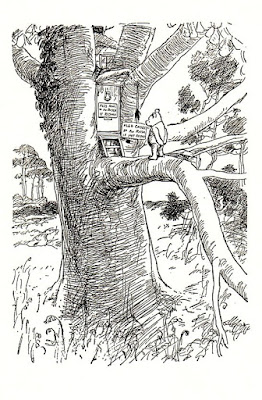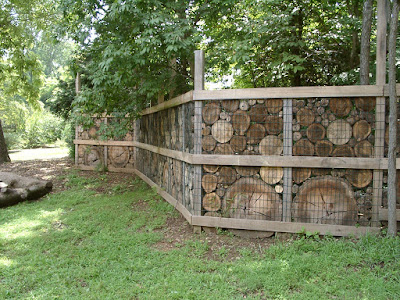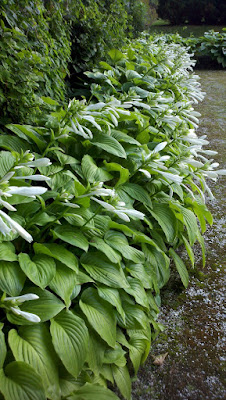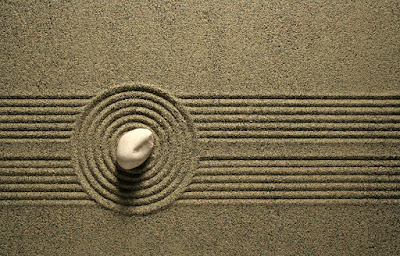Repurposing and Recycling in Garden Design
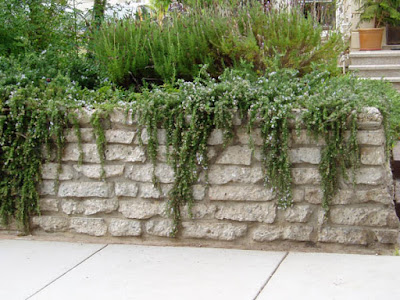
Recycled Concrete wall from Bourget Bros This is a perennially popular post and so I am sharing it again! Recycling can be many things to many people... or, in other words, " One man's trash is another's man treasure" from Stone Art Blog This piano was placed in a garden. Here is what Sunny Wieler of Stone Art Blog wrote about this: "Besides being a passionate gardener, my dad is also a passionate piano player, so a few years back we got him a new piano for his birthday. So the old piano spent a while in the shed before he had the great idea to put it out in the garden..." Little did Sunny's dad know that he was at the forefront of the conceptual art movement:...they would say something like this is a testament to the natural decomposing processes, a statement of the fragility of life, the impermanence of existence... his dad would say, 'Hey, why not put it in the garden?" photos of broken concrete from
